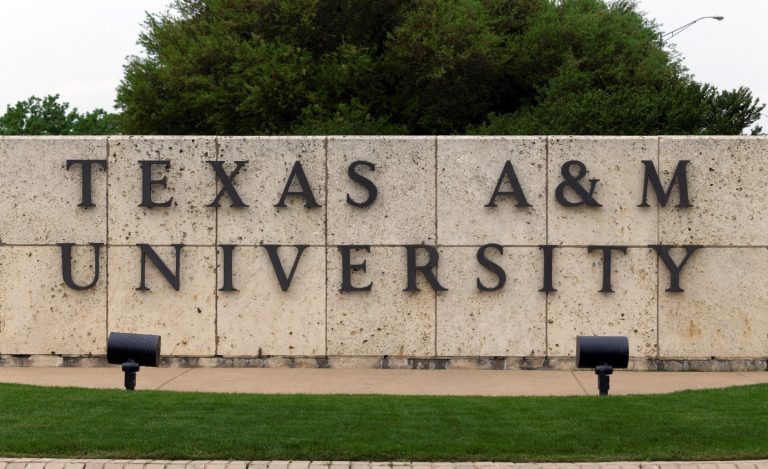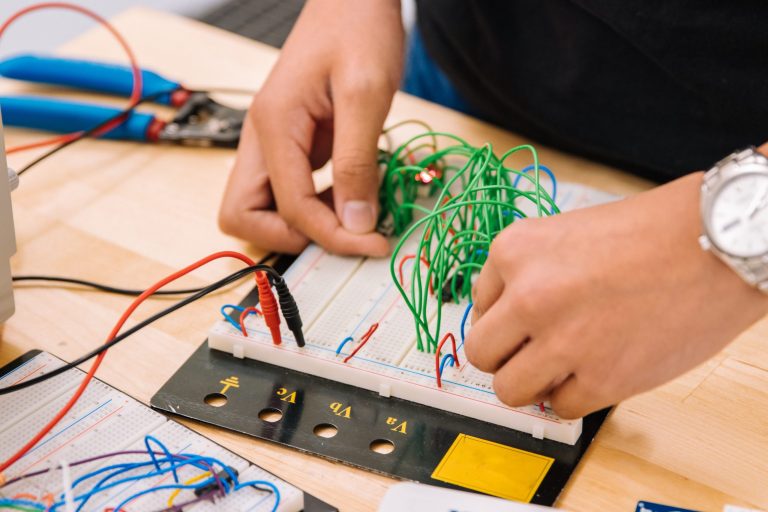TAMU Engineering Course Requirements
TAMU Engineering Course Requirements – Aspiring engineers must be aware of the prerequisites for the engineering courses at Texas A&M University (TAMU), which is well-known for its esteemed engineering programmes. With a wide choice of programmes offered by TAMU, you can pursue your professional goals in civil engineering, electrical engineering, or any other engineering subject. This thorough reference will help you understand the essential elements of TAMU’s engineering programme, putting you in a position to successfully complete the course requirements.
The TAMU engineering core curriculum forms the bedrock of your engineering education. It encompasses vital subjects such as mathematics, physics, chemistry, and engineering graphics, all designed to provide you with a strong foundation in engineering principles. In parallel, general education requirements broaden your horizons with courses in communication, humanities, social sciences, and history. While seemingly unrelated to engineering, these requirements instill the well-rounded skills necessary for success in the modern engineering landscape.
Moreover, as you delve into specific engineering disciplines like mechanical engineering, electrical engineering, and civil engineering, it becomes crucial to grasp the unique course requirements and elective options available. These programs offer specialized knowledge in areas like aerodynamics, electromagnetics, and biomedical engineering. Armed with this knowledge, you can chart your academic path, preparing yourself to excel in your chosen field and contributing to the legacy of excellence at TAMU.TAMU Engineering Course Requirements

Read Also: Tamu Minimum Syllabus Requirements
Section 1: The TAMU Engineering Core Curriculum
1.1. Engineering Fundamentals
At TAMU, the engineering core curriculum is designed to provide students with a strong foundation in engineering principles before they specialize in their chosen field. The core courses typically include subjects such as mathematics, physics, chemistry, and engineering graphics. These courses are crucial for building a solid understanding of the fundamental concepts that underpin all engineering disciplines.SchoolNewSportal
1.2. General Education Requirements
In addition to the engineering-specific courses, TAMU engineering students must fulfill general education requirements. These requirements encompass areas such as communication, social sciences, humanities, and history. While these may seem unrelated to engineering at first glance, they play a vital role in producing well-rounded engineers who can effectively communicate, collaborate, and adapt in a rapidly changing world.
1.3. University Physics and Chemistry
Students pursuing engineering degrees at TAMU must complete university-level physics and chemistry courses. Physics courses cover topics like mechanics, electromagnetism, and thermodynamics, while chemistry courses introduce students to chemical principles and reactions. These courses are critical for understanding the physical world and its applications in engineering.
1.4. Engineering Mechanics
Engineering mechanics courses delve into the principles of statics and dynamics, teaching students how to analyze and solve problems related to the equilibrium and motion of objects. These courses are essential for students to grasp the core concepts of mechanical engineering, civil engineering, and other related fields.
Read Also: Requirements to Get into TAMU
Section 2: Specific Engineering Disciplines
2.1. Mechanical Engineering
Mechanical engineering is one of the most popular engineering disciplines at TAMU. To complete a degree in mechanical engineering, students must take courses in mechanics of materials, thermodynamics, fluid dynamics, and heat transfer. Additionally, they can choose from a variety of elective courses to tailor their education to their specific interests, such as robotics or aerospace engineering.
2.2. Electrical and Computer Engineering
Electrical and computer engineering programs at TAMU prepare students for careers in fields like electronics, telecommunications, and computer systems. Core courses cover topics such as circuits, digital systems, and electromagnetics. Students can then choose from a range of electives, including computer architecture, embedded systems, and power systems.
2.3. Civil and Environmental Engineering
Civil and environmental engineering programs focus on infrastructure and environmental solutions. Core courses include structural analysis, geotechnical engineering, and transportation engineering. Students interested in environmental aspects can take courses in water resources and environmental engineering to address complex environmental challenges.
2.4. Chemical Engineering
Chemical engineering is the field of designing and optimizing processes for the production of chemicals and materials. Core courses in this discipline include thermodynamics, transport phenomena, and chemical reactor design. TAMU’s chemical engineering program also offers specialized tracks in areas like biomolecular engineering and materials engineering.
2.5. Aerospace Engineering
TAMU’s aerospace engineering program is highly regarded and prepares students for careers in the aerospace industry. Core courses cover aerodynamics, flight dynamics, and spacecraft systems. Students can choose from various electives to focus on areas like propulsion, aircraft design, or space exploration.
2.6. Biomedical Engineering
Biomedical engineering combines principles of engineering with biology and medicine to develop innovative healthcare solutions. TAMU offers core courses in biomechanics, biomaterials, and medical instrumentation. Students interested in this field can also pursue research opportunities and internships in collaboration with healthcare institutions.
Section 3: Electives and Specializations
3.1. Technical Electives
In addition to core courses, engineering students must complete a set of technical electives. These electives allow students to explore specific areas within their chosen discipline or even venture into related fields. The number of technical electives required varies depending on the engineering program and the degree level (bachelor’s, master’s, or Ph.D.).
3.2. Interdisciplinary Specializations
TAMU encourages students to pursue interdisciplinary specializations to broaden their knowledge and skills. For instance, an electrical engineering student might choose to specialize in renewable energy systems, combining electrical engineering with sustainable practices. Interdisciplinary specializations can enhance career prospects and make graduates more versatile in the job market.
Read Also: TAMU Device Requirements
Section 4: Practical Experience and Research
4.1. Co-op Programs and Internships
To provide students with real-world experience, TAMU engineering programs often offer cooperative education (co-op) programs and internships. These opportunities allow students to work with industry professionals, apply classroom knowledge, and gain valuable insights into their future careers. Co-op programs are typically more extensive and structured, often extending over multiple semesters.
4.2. Undergraduate Research
Undergraduate research is highly encouraged at TAMU. Engineering students can collaborate with faculty on cutting-edge research projects, contributing to advancements in their chosen fields. Participating in research not only enhances academic growth but also improves problem-solving skills and prepares students for graduate studies.
Read Also: Tamu ID photo requirements
Capstone Projects
Many engineering programs at TAMU require students to complete a capstone project during their final year. Capstone projects are comprehensive engineering design projects that integrate the knowledge and skills acquired throughout the program. These projects offer students the opportunity to tackle real-world engineering challenges, often in collaboration with industry partners.
Preparing for Licensure and Certification
Depending on their chosen engineering discipline, some TAMU graduates may need to pursue licensure or certification to practice as professional engineers. For example, civil engineers often pursue the Professional Engineer (PE) license. TAMU’s engineering programs provide a strong foundation to meet the educational requirements for these licenses.
Conclusion
Finding your way around the TAMU engineering school requirements is one of the most important things you can do to become a good engineer. You can make better choices throughout your academic career if you know about the core curriculum, the specific requirements for your chosen field, and how important it is to do research and get hands-on experience. Whether you’re interested in civil engineering, mechanical engineering, electrical engineering, or any other field of engineering, TAMU has a lot to offer to help you get ready for a rewarding and important job in engineering.
Read Also: TAMU Requirements for Admission



